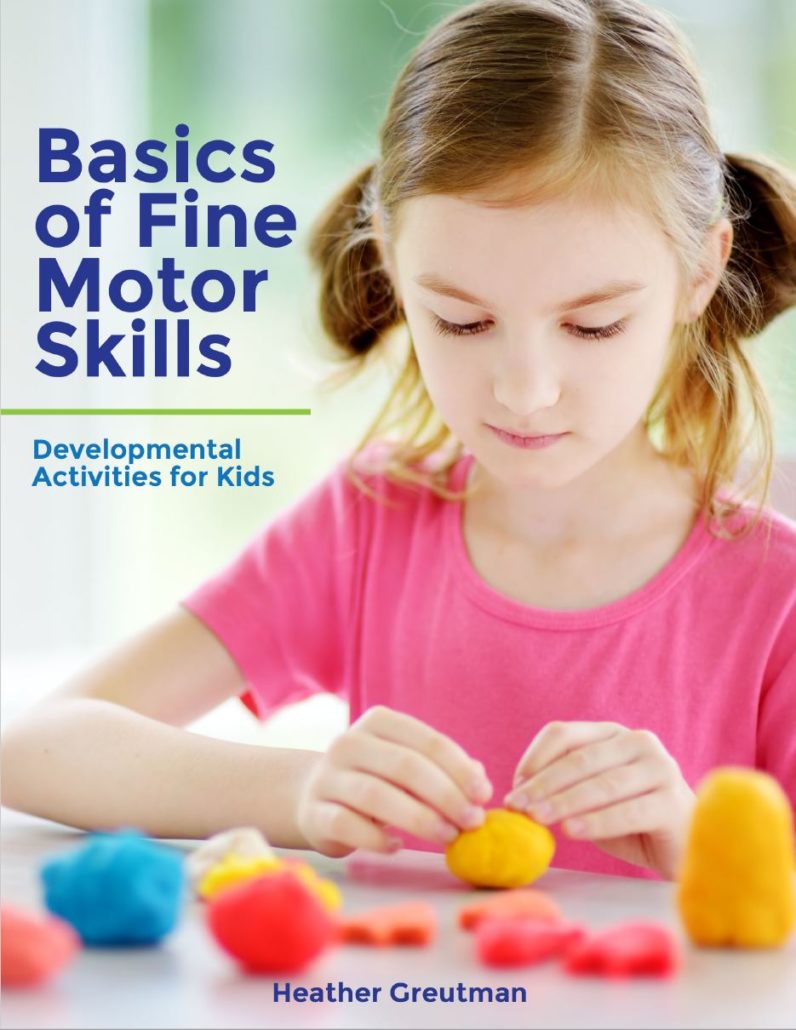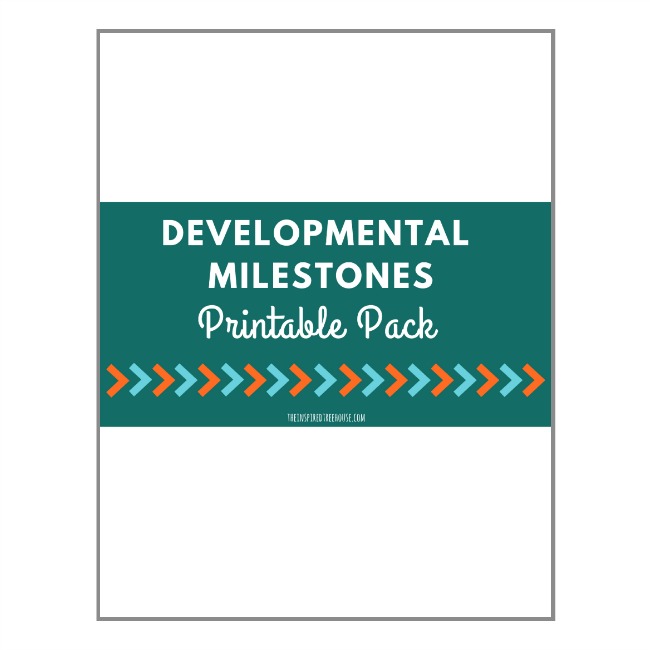Fine Motor Activities for Infants

Fine motor skills are when we use the small muscles of our fingers and hands to reach and grasp objects. It is an exciting moment when parents observe infants reach developmental milestones as their babies explore their new world! Encouraging fine motor activities for infants is so helpful when it comes to healthy child development. When infants are exposed to a variety of fine motor control activities from an early age, it increases their chance of success in play and eventually at school.
There are so many great activities that you can purchase at a store or make at home with everyday items to help promote fine motor development in your infants. The more parents help encourage the development of fine motor control in infants, the more successful they will be in future activities they participate in. If at any time you feel your infant is not meeting a development milestone in fine motor skills, you can always contact your pediatrician who may recommend occupational therapy to promote fine motor development. Developing fine motor skills are important so infants can gain self-esteem and confidence as they grow in play and everyday activities.
WHAT ARE EXAMPLES OF FINE MOTOR ACTIVITIES?
Keeping it simple, when babies use their hands to interact with objects or people, these are considered fine motor activities. It is important for babies to develop these skills because they are critical stepping stones to higher-level functional skills, especially in school. Infants exposed early to various fine motor activities will have more success in school to these activities and keep up with their peers.
Some examples of fine motor activities when children get older include writing or coloring with crayons and using scissors during cutting tasks. Finger and hand control are important for holding a crayon or a pencil and forming letters neatly when completing writing tasks. Muscles in the hand need to be strong and both hands need to work together to complete cutting tasks. One hand needs to turn the paper while the other hand coordinates the open and close motion of the scissors to cut simple and moderately complex shapes with accuracy.
Another example of a fine motor activity includes the manipulation of clothing fasteners. Fastening buttons and managing a zipper on clothing requires coordination of both hands at the same time to complete the task.
Visual-motor skills are another important component to fine motor activities. This is when the eyes interpret information and the hands complete the activity. Hand-eye coordination and fine motor activities are important for successful visual-motor skills. The muscles in the hand and fingers need to be strong and work together to complete fine motor tasks.

Basics of Fine Motor Skills – Developmental Activities for Kids
FINE MOTOR ACTIVITIES FOR YOUNG INFANTS
Newborns and young infants begin to discover their own hands and move their hands toward objects. Infants learn through sensory experiences and exploration using their hands during playtime and grabbing for objects. Remember to always supervise your infants when playing with small objects to prevent choking or any other safety concerns.
When selecting a toy, keep in mind that one of the most important reasons for play time during childhood (especially during infancy) is not educational but to encourage warm, supportive interactions and relationships with humans.
Examples of fine motor activities for infants ages 0-6 months include:
- hanging a stuffed animal or toy from the car seat or stroller for swatting
- clapping to music
- Play with a variety of textured fabrics.
- finger play songs such as “Itsy Bitsy Spider”, “Pat-A-Cake” and “The Wheels on the Bus”
- shaking a rattle or toy that makes noise or sound
- touch colorful links or rings
- playing with a ball during tummy time
- drumming on two small upside down metal pots or wooden bowls
- picking up finger foods when they are ready for solid foods such as Cheerios or Puffs
- interacting with a busy box
- Reach for and grasp for any baby safe objects
- Play with soft foam balls in a large container.

The Infant and Toddler Handbook
FINE MOTOR ACTIVITIES FOR INFANTS 6-12 MONTHS
Infants at this age infants are learning to crawl which is good for strengthening the muscles of the arms, hands and fingers which develops their fine motor skills. They begin to explore as they crawl on various surfaces which provides sensory feedback. Infants become curious and crawl to that toy they want across the room. Examples of fine motor activities for infants ages 6-12 months include:
- building a block tower
- stacking small paper cups
- looking through board books
- squeezing, rolling, pinching play dough
- placing magnetic letters on a cookie sheet or refrigerator
- sticking foam alphabet letters on the side of a tub
- completing peg puzzles
- Fill and dump containers (like muffin tins) multiple times. Try putting larger toys or balls in the muffin containers to dump.
- playing with musical instruments
- finger painting
Read more about using toys to promote the development of infants and toddlers.

PALMAR GRASP FINE MOTOR ACTIVITIES FOR INFANTS
A palmar grasp reflex is when small objects are placed in an infant’s palm of the hand and the infant’s fingers close around the small objects. This reflex usually disappears around 6 months and develops into a more mature grasp. Infants start to use a palmar grasp to hold larger foods or objects such as a bottle or a banana. Some suggested activities to develop the palmar grasp include:
- placing mom’s finger in infant’s palm of hand
- squeezing water from larger sponges
- crumpling up paper
- reaching for a hanging toy
- holding a cup
- holding a small ball in palm of hand
PINCER GRASP ACTIVITIES FOR INFANTS
An infant uses a pincer grasp by using the tip of the thumb and the tip of the forefinger to pick up and release objects. This grasp usually develops around 9-12 months and is a significant developmental milestone for future fine motor activities. Be cautious at this stage and provide constant supervision with smaller items because infants tend to put everything in their mouth as they are exploring their environment. Some suggested activities to develop the pincer grasp include:
- placing cheerios into an egg carton
- placing pompoms in a whisk or a jar
- pulling out fabric scarves or socks from a Kleenex box
- pinching and pushing items into playdoh such as larger buttons or larger beads
- pulling a toy with a string
- feeding self with various foods at the table such as blueberries, peas or soft cereal bars for babies
- introducing baby utensils such as a spoon or fork during mealtime
Read about more pincer grasp activities.
Fine motor activities are important for infants because they help with hand-eye coordination, dexterity, and problem-solving skills. Encouraging fine motor skills in babies can help them excel in tasks such as handwriting and using tools when they get older. There are many fun ways to encourage fine motor development in babies. Explore and play with your baby to discover what types of play they enjoy the most!
Read more fine motor skills activities and ideas here.
Sensory Activities for One Year Olds

Developmental Milestones Handout Pack
WHAT IS ONE SIMPLE ACTIVITY THAT BABIES CAN DO TO WORK ON FINE MOTOR DEVELOPMENT?
One simple fine motor activity that infants can work on uses the pincer grasp and pushing items through an object. One way to do this is placing a slit into a lid of a plastic container and pushing Cheerios through the lid. They love seeing the Cheerios disappear and dumping them all out once they take the lid off. The activity can also be changed by placing holes into the plastic lid and pushing straws through the lid.
Want to get a little fancier? Try this homemade ribbon box toy. Tie a few ribbons through a box and knot each ribbon off. The baby can pull the ribbons through the box using a pincer grasp. Flip it over and start again! Watch it in action below.
Article written by:
Kimberly Orlando, MOTR/L
Kimberly Orlando received her Master of Occupational Therapy from Chatham University in Pittsburgh, PA in 2001, and received her Level 1 Handwriting Specialist Certification through Handwriting Without Tears in 2012 in the areas of Pre-K Readiness, Printing, Cursive, and The Print Tool Evaluation. With 21 total years of experience as an Occupational Therapist, she has 6 years of experience providing services in hospital and home health care settings and 15 years of experience in early intervention and school settings (Pre-K through middle school levels). Kimberly also has experience tutoring children with fine motor and handwriting concerns.


